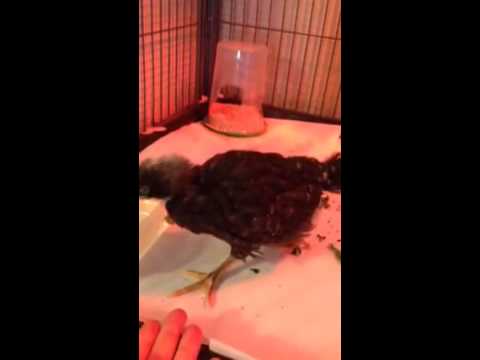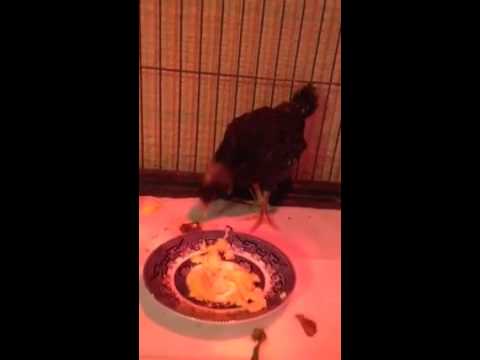Hi guys. Still dealing with my "drunk walker"...I took a couple short videos and showed some people who have chickens...they think a leg could be broken. She is still walking on it...though quite unsteady, still eating and drinking. Is there anything to be done about a broken leg? I don't see any breaks, blood, swelling...so the break is likely not a bad one. Thoughts?






